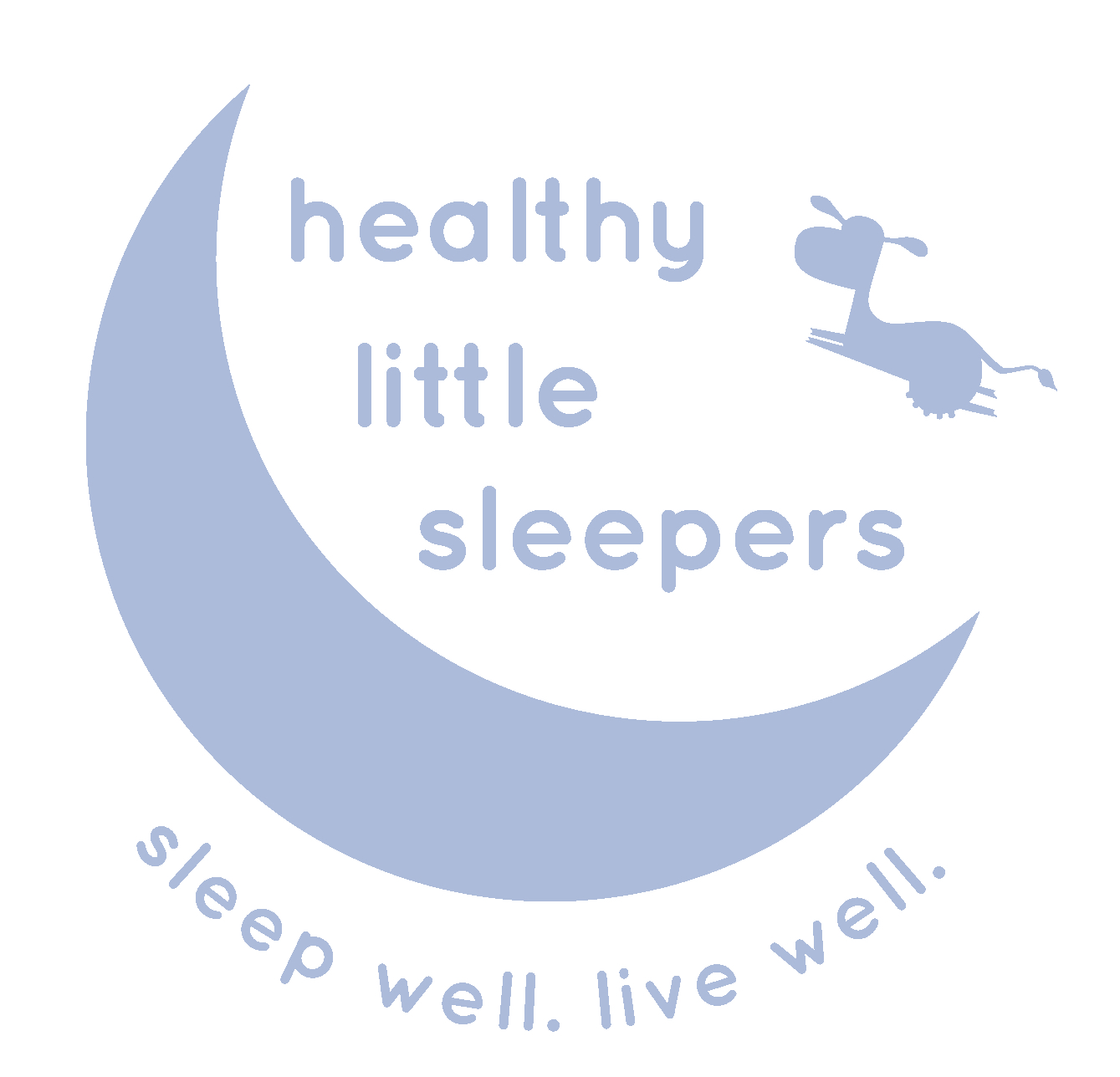How to Read Your Baby's Sleepy Cues
Timing is Everything.
I’m getting a lot of questions this week about newborns and sleep, and something I’ve been talking a lot about is being mindful of those sleepy cues.
Your little one can go from being in the I’m Sleepy state to being in the I’m Overtired state in a matter of 3… 2… 1… BAM enter the hysterics! Ok, maybe not that fast but it sure can feel that way with all the things you are juggling as a new parent.
So, here is your best bet in getting your new little bundle of joy to go down tear free. Yes, it’s possible. And it’s all about timing and reading your little one’s sleep cues… and of course being mindful about how long they have actually been awake.
First a little tip on newborn wakeful times: Your newborn will most likely only be able to stay awake for about 60–75 minutes in the beginning. And that includes her feeding time and playtime too. So “playtime” right now may only be 10 or 15 minutes before she is ready to go back down for another nap.
Now, on to those sleepy cues…
* * *
Sleepy Cues
Right now your newborn does not have circadian rhythms, which essentially is her sleep/wake rhythm that is set on a 24 hour clock. This rhythm does not start to develop until about 3–4 months of age (this is when a balance of sleepy cues and timing of naps on the clock becomes important). So before this time, one of the only ways your newborn can communicate to you that it’s time for sleep is through her sleepy cues.
* * *
The “I’m Getting Sleepy” Cues…
There are several signs your little one will start showing you when she is getting sleepy. It is during this time that you want to start getting her ready for that nap (not after!).
Your baby will enter what I call a quiet alert state where she stares off and looks straight through you as if you are not even there.
You try to engage her, maybe coo at her, but nothing. When she’s in that zone, she’s calm… this a great time to get her ready for that nap! Other signs include the skin around her little eyes getting pinkish, turning her head away from you, and trying to avoid any and all interaction.
As she matures and starts to develop her own melatonin around 2-3 months of age, it is during this time that melatonin (that powerful sleep hormone) is actually highest in her system.
So, when you see these signs, change her diaper, swaddle her up, sing a nice little song, and put her down for that nap… when she’s nice and calm and can drift off to sleep. Yes… this can happen. Maybe not every time. But it’s about practice.
* * *
The “I Want My Crib Now” Cues…
The trickiest part of reading sleepy cues is we often think when we see the yawning start that our little one is “getting” tired at which point we may start moving toward getting them ready for that nap.
The truth of the matter is that when you see the yawning , you want your little one to be in the crib all ready for that nap.
Other signs suggesting to get me in my crib now include pulling of the ears, hiccups, rubbing eyes, and even getting a little fussy. If you wait for these signs to put your little one down for a nap, then by the time you actually get her down it may be too late. Your baby can easily become overtired and much much more difficult to go down for a nap.
* * *
The “I’m Overtired” Cues…
Did you know that when your little one reaches the overtired state, she actually shows signs that she might be a colicky baby or even seem as if she has tummy troubles?
If your baby is overtired, you are likely to experience hysterical crying, arching of the back, her little body becoming rigid, and her becoming very difficult to console.
These signs are all very similar to a colicky baby. So many parents think their newborns have colic when in fact they are just overtired. When you really learn to read those sleepy cues and put your little one down before she reaches that “wired” state, it’s amazing how that hysteria can resolve.
When you miss those sleepy cues and your baby becomes overtired, you want to help calm her down. Have her bedroom environment set up for optimal sleep conditions (cool, dark + quiet), and go in that quiet room to minimize any distractions that may continue to overstimulate her. Having some static white noise on can do wonders too.
And then next time she wakes up, try not to wait as long. Remember from the time your newborn opens her little eyes to that next nap, she only has about an hour and change before she’ll be ready to go back down again.
* * *
Lastly...
If you have a newborn and want more support in getting your little one to develop a healthy sleep foundation, or maybe you just a shoulder to cry on, go here to schedule a FREE 15-minute call with me, and we can chat about it!
* * *
Oh, one more thing!
Every other week I share 5 things on how you and your little can get the most out of their first 5 years of life in my newsletter — The Healthy Little Note.
If you have little ones, I’m sure you’ll love it!
You can check out the most recent issue here.
Or SUBSCRIBE below:
———————————————————————


